Today is the Rock Jack Building competition at the Ranch Rodeo in town. The REAL champion rock jack builder won’t be in the competition. He’ll be working on fence out on the Zumwalt Prairie.
People from Wallowa County sometimes don’t realize that the rock jack is a unique fencing technique, but we’ve had many a visitor ask us what those triangular structures and piled up rocks are all along the fenceline. In most places, people just drive posts into the ground. On Wallowa County rangeland, much of the ground is rock, and there is no way you’re going to sink a post into it. There is also the issue of remoteness. Many fences can only be reached by horseback and wooden fence material packs better on a horse than metal posts do.
The art of rock jack building is passed down from one fencer to another and it starts with good material. Mike’s first job in Wallowa County was splitting 9,000 pieces of tamarack fence material for the US Forest Service. He and Jay Penniman searched out enormous dead-standing tamarack trees and felled them. They sawed the downed trees into lengths and laid into them with maul and wedge to split them into 4 ft posts and 4 ½ ft stays.
I can still remember the sweat glistening on the men’s necks and the ring of their mauls biting into the pumpkin colored wood. It fascinated me, the clean straight grain of the tamarack splitting sharply into what seemed like impossibly long lengths of material. Standing beside one of the enormous logs, I imagined the wood slabbed off into shakes, boards, timbers, shingles, everything you would need to build a hand-hewn house. What a remarkable resource.
Mike’s rock jack techniques have been honed over years of fencing. First contracts, then building and maintaining fence on the ranches we worked for, and now on our own fences at the Magpie Ranch. One year we built fence for McClarans on Pine Creek and camped out in our wall tent all summer. While I worked alongside Mike, the kids played He-Man, using the flatbed truck for a fort with the dog-catcher over the cab as their watchtower. Prairie even came up with a new armored hairstyle by working a handful of fence staples into the crown of her tightly braided hair. My job was to attach the fence stays to the newly strung wire. After a mile’s worth of days of hammering staples into twangy tamarack, I got used to waking up with swollen hands that could barely make a fist and I developed a healthy respect for fence builders.
Out on the Zumwalt, the resident elk herd migrates through our range on a daily basis and can flatten a fence without batting an eyelash. Mike is perfecting the art of keeping the fence just loose enough for the resident elk herd to pass over, and just tight enough to keep our cow herd from deciding to go visit the neighbors.
Building good rangeland fences requires skill. With steep ground, determined animals, and gravity to contend with, I know how important every angle is, the choice of each piece of material, the placement of the rocks on the deck and the height of each wire. And yes, fence building has appeared in one of my favorite poems, a love poem of course. I’ll share an excerpt here, but if you want the whole poem, you’ll have to ask me for it. And by the way, since Mike’s not entering the contest, I’m rooting for Bryan Baquet.
Excerpt from
February, Horse Creek
When you wake up
we haul two jack’s material
down slope and build fence.
I love this just as much,
mu diagonal fitting your upright,
the wire I lift and hold in place
as if all the world could be held by one wire
strung just right.
From the Magpie Ranch, home of Bunchgrass Beef
skip to main |
skip to sidebar

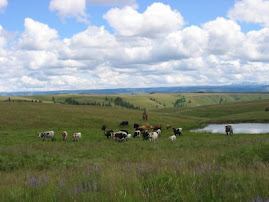

Tracking our days at Horse Creek
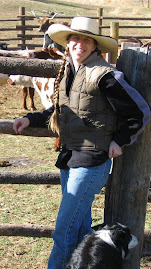
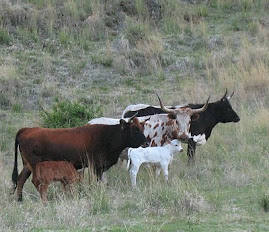

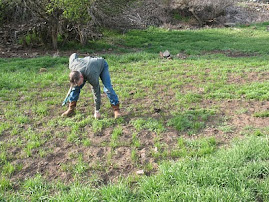





Ene and Azja do dishes

Azja fixes fence with Mike
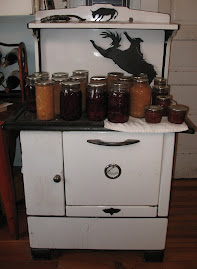


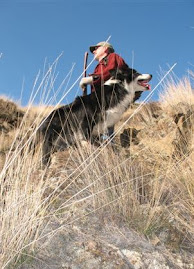
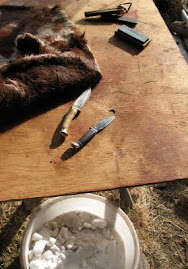
Sharp knives, bone hide scraper and fine salt


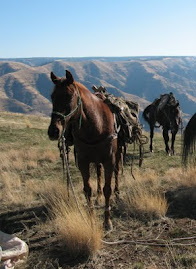

Prairie fence builder

Adult

Getting started
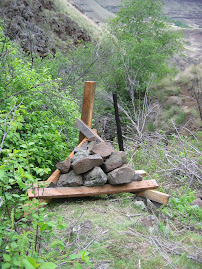
Finished rock jack
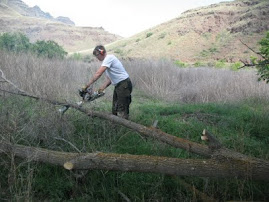
Zeke preps for the burn

Mike burning

Rangeland drill

Grass seedlings
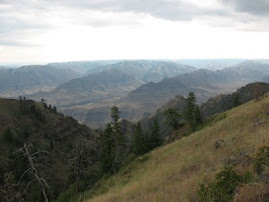

Bunchgrass Beef at Magpie Ranch
"Right here is where our family fell in love with a landscape and a tradition of work that combine to create healthy sustainable delicious food. Right here is where you can connect with a particular place, a particular story, and some amazingly good meat." Sara Miller Hale, Wallowa County, Oregon
Our Story

- Home on the Range
- Hells Canyon and Zumwalt Prairie have been our home range for more than thirty years. This is where our family raises Bunchgrass Beef, an exceptionally flavorful, lean, artisan quality beef. Here on the Magpie Ranch, our Spanish breed cattle are raised on native rangelands using humane and sustainable family-based practices. Our animals are born and bred on the ranch and are never fed grain.
How To Order Bunchgrass Beef
Give us a call at 541-426-4819 or email bunchgrass@gmail.com. We'll send you our pricing guide and order information and answer any questions you may have. "Healthy high quality grassfed beef--direct from our family to yours."
Blog Archive
Favorite Links
Magpie Ranch Journal

Tracking our days at Horse Creek
Sara at Magpie Ranch

New calves

Restoration Seedlings
Mike pulls kochia sprouts
Thistle gristle

Thistle aftermath
Eggs and Other Yumminess


Mongolians at Magpie Ranch

Ene and Azja do dishes

Azja fixes fence with Mike
The Plymouth

The Oval

Lucy

On the lookout with Mike

Tools of the Trade

Sharp knives, bone hide scraper and fine salt
Bunkhouse in Early Snow

Mestizo

On the job


Prairie fence builder
Screech Owls at Horse Creek

Adult
Rock Jacks
Getting started
Finished rock jack
Restoration
Zeke preps for the burn

Mike burning

Rangeland drill

Grass seedlings